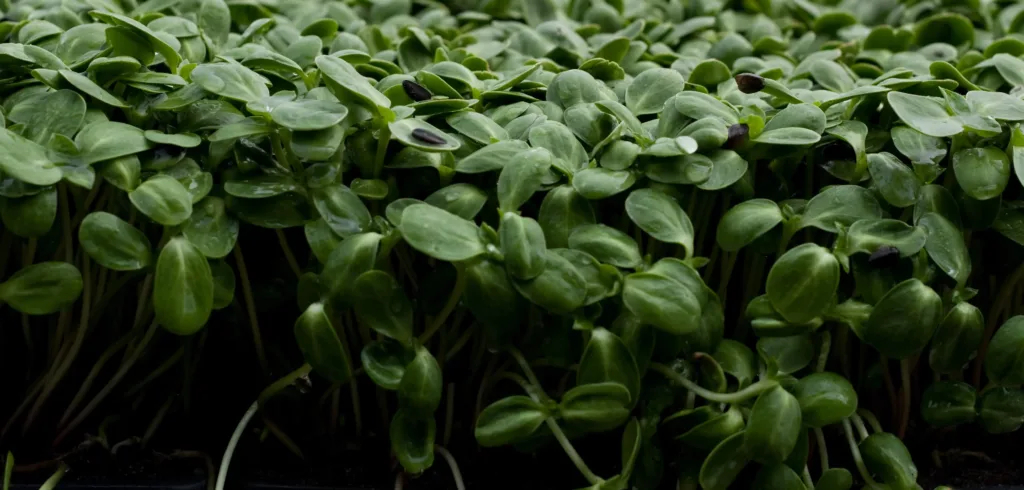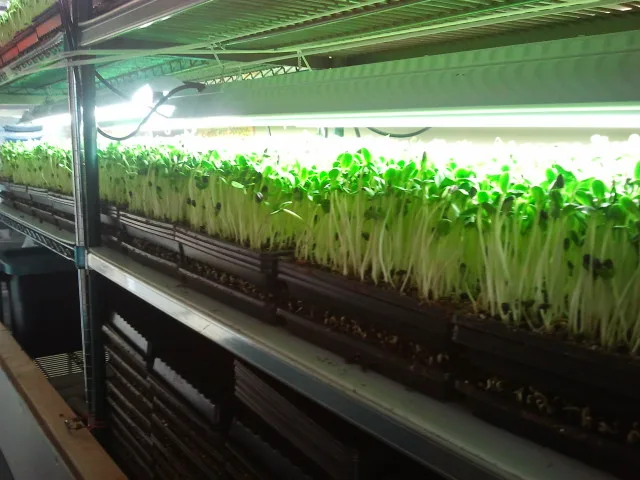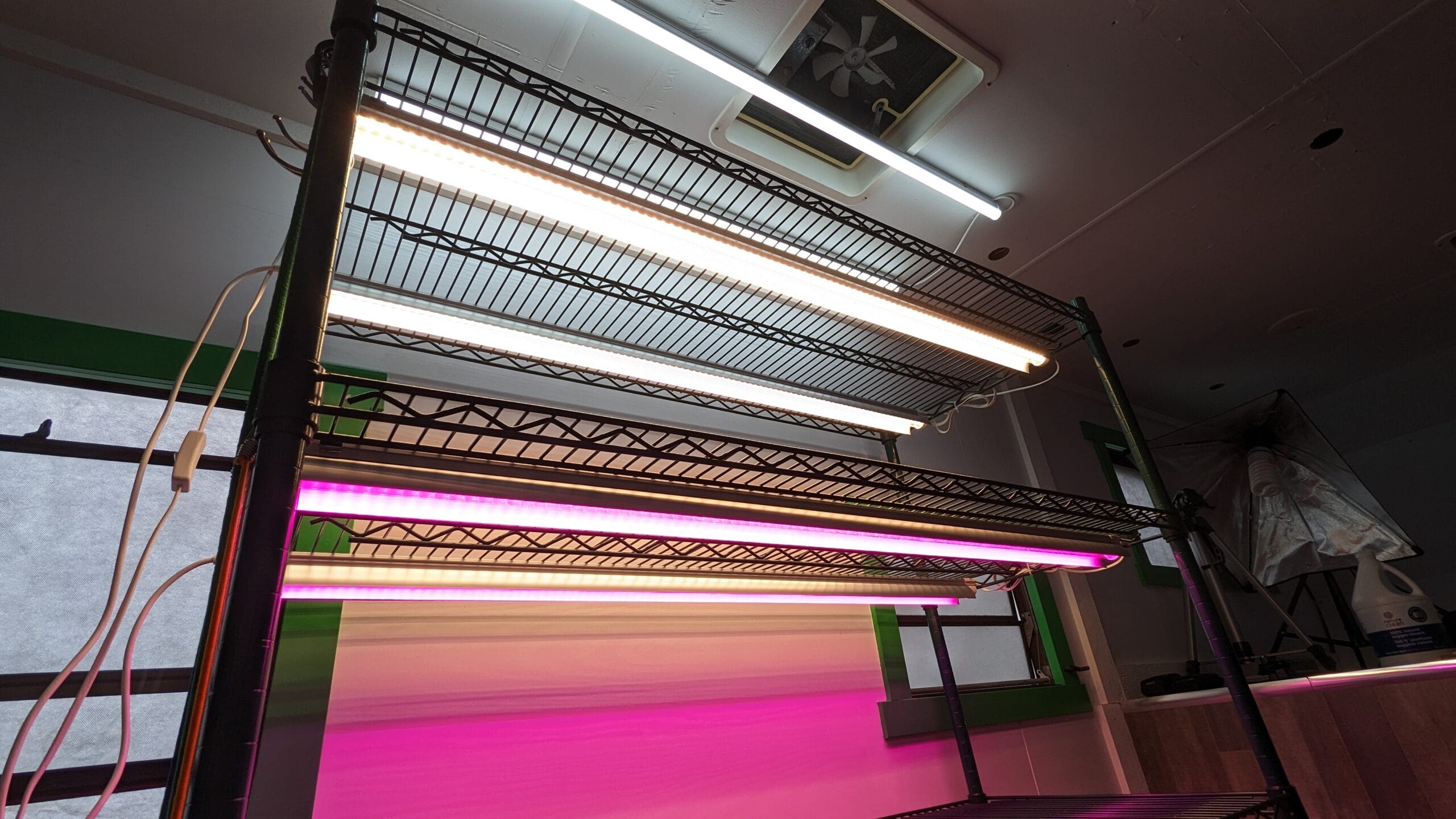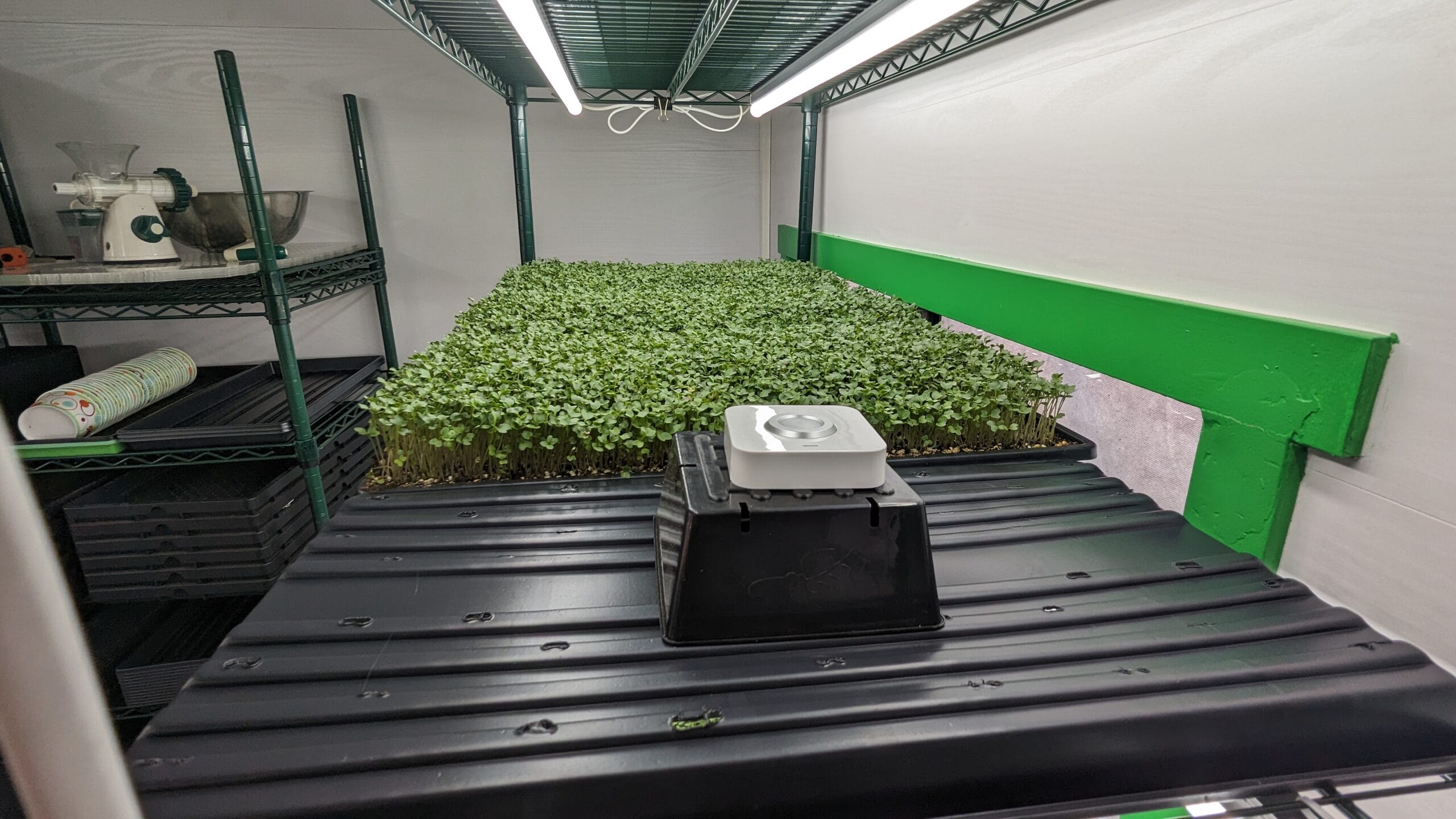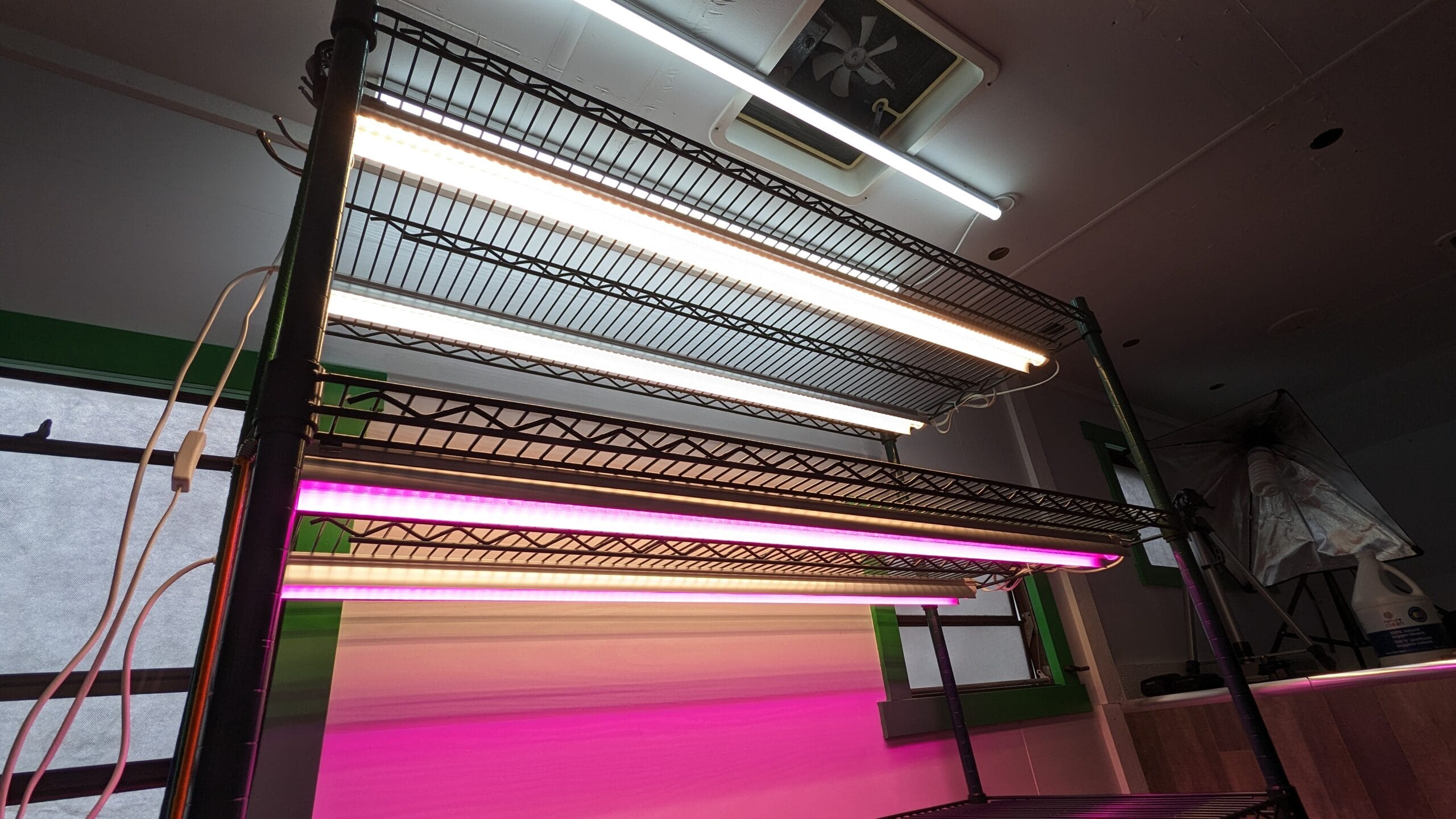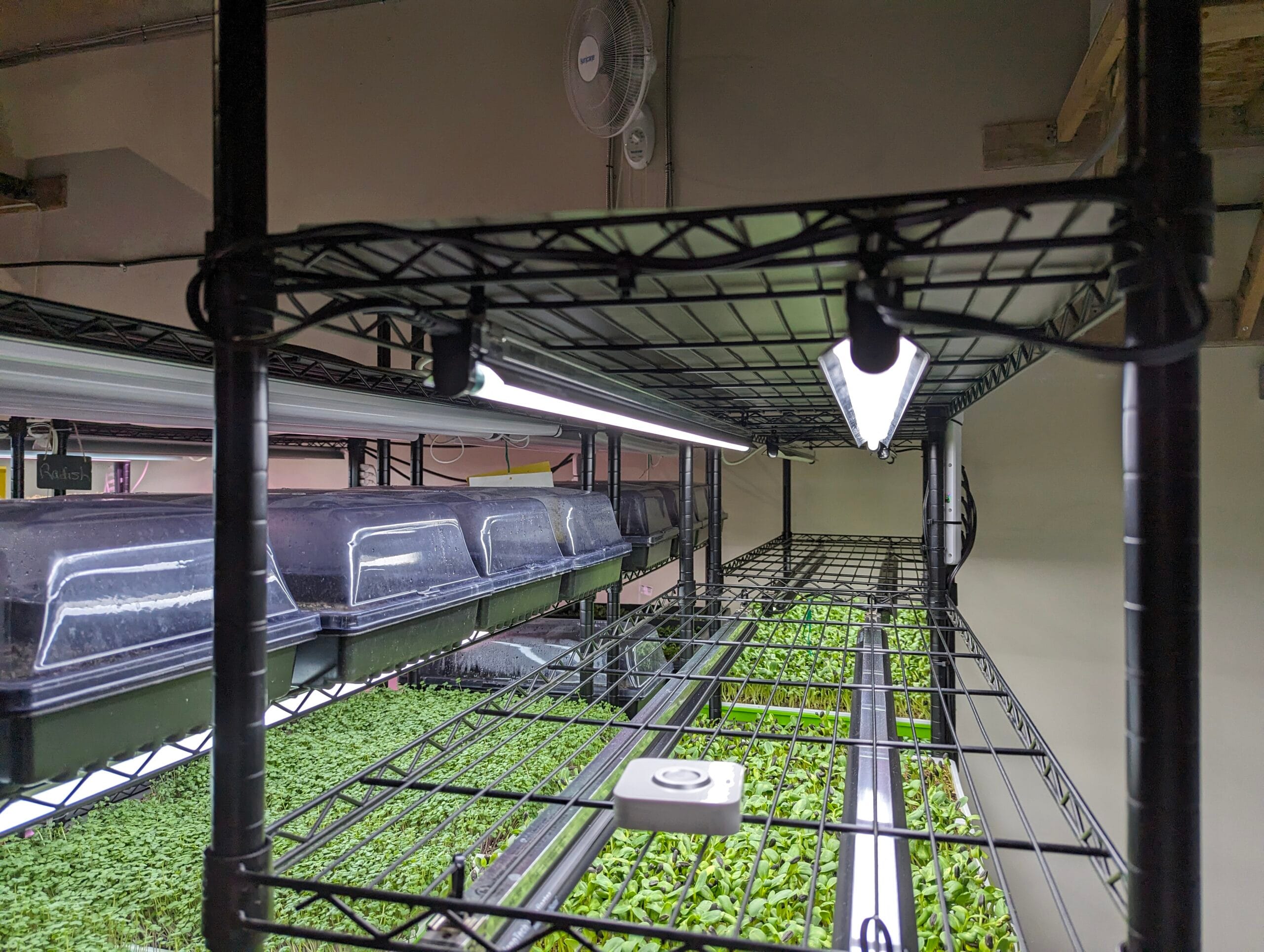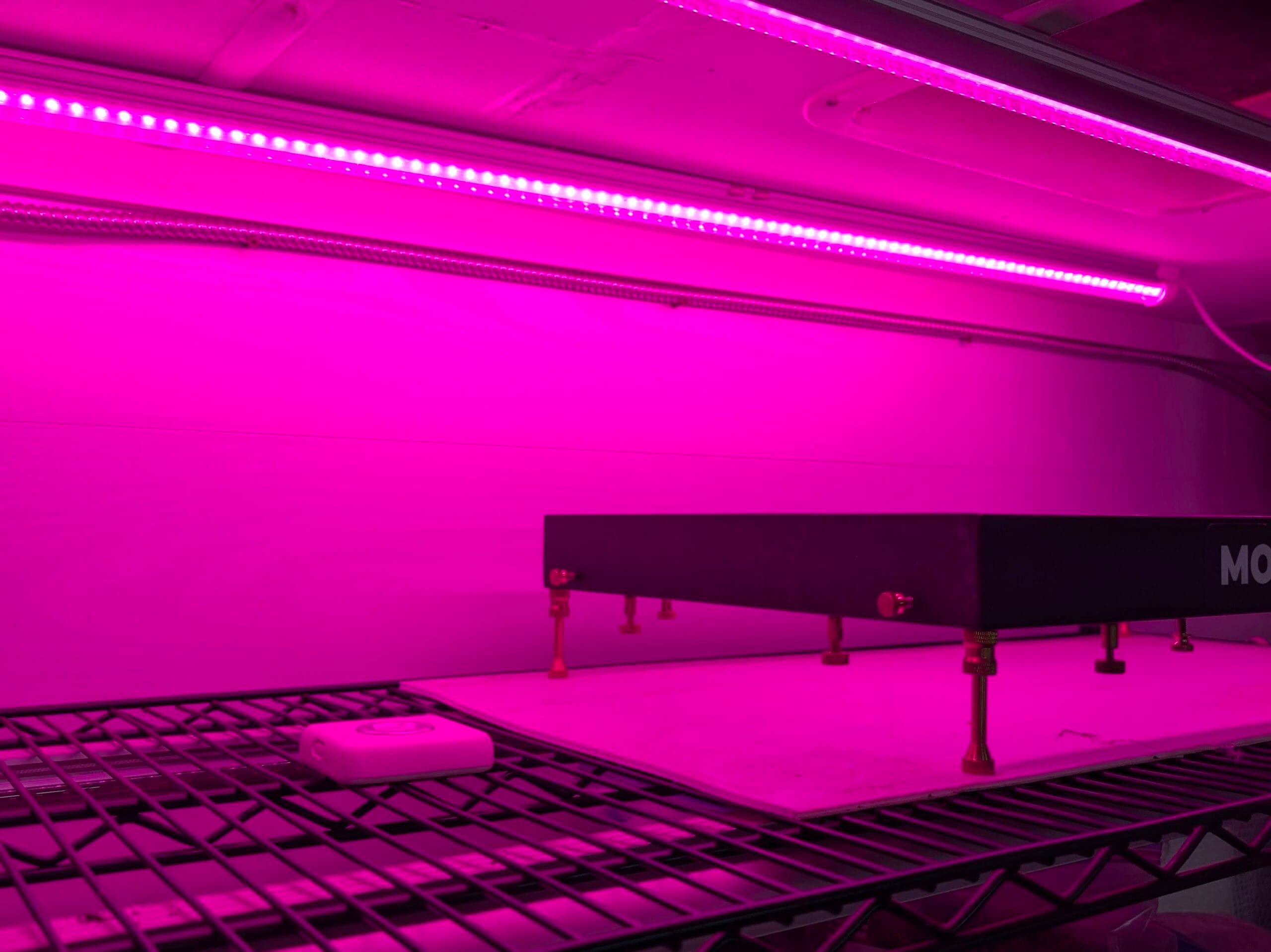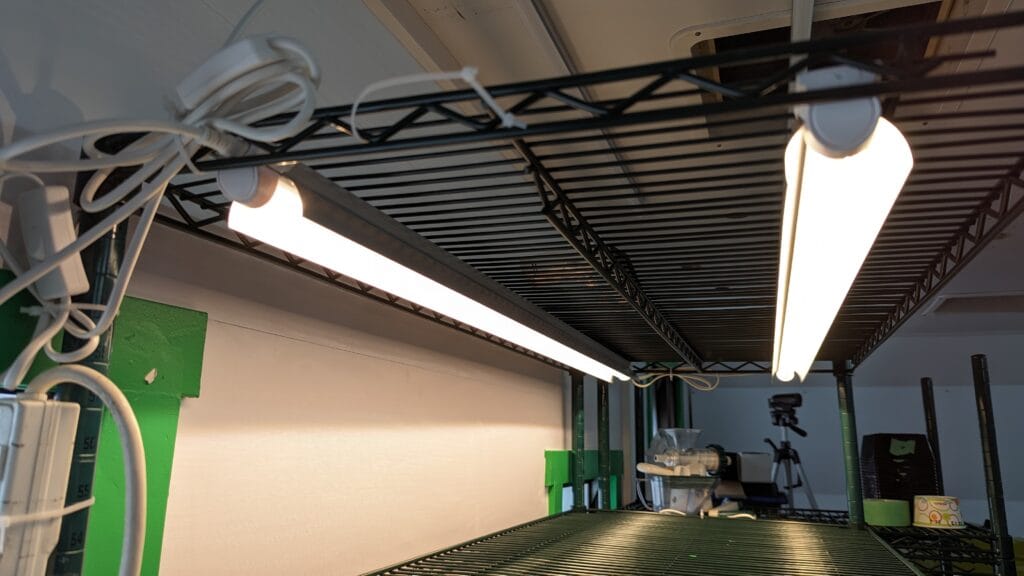
Microgreens Lighting Articles
Microgreens Light Part I – Introduction to Lighting
Introduction Lighting is a somewhat complicated topic that can intimidate new growers when getting set up to grow microgreens for the first time. But once you learn some of the basic terms and calculations around lighting, it becomes a whole lot easier to understand. The more you understand about lighting, the more knowledge you’ll have…
Microgreens Light Part II – Lighting Terminology
Overview Until relatively recently in human history, all photosynthesis was powered by the sun. But with the invention of electric lights, we can now drive the photosynthetic process without sunlight. Because most microgreen production systems tend to rely wholly (sole source) or partially (supplemental) on artificial light, a valuable skill for any grower is the…
Microgreens Light Part III – Measuring and Mapping
There are several things to keep in mind when taking light measurements and making lighting calculations, so let’s take a journey through the things you need to consider. Measuring Light with a PAR Meter In order to make lighting calculations, you need to be able to measure the photon output of your lights (PPFD). To…
Microgreens Light Part IV – Photons and Energy
In this article, we take a little side trip to explore photons and energy as they pertain to different wavelengths of light and help you better understand the intricacies of lighting spectra “Blue light has more energy than red—so why do red-rich lights produce better crops?” It seems backward, but here’s the key: Plants count…
Microgreens Light Part V – Understanding PPFD and DLI with Calculations
Various academic and online sources suggest wide-ranging PPFD values between 50 and 400 µmol/m2s for microgreens and in our own research we have seen healthy crop growth with PPFD values as low as 25 to 85 µmol/m2s on a 14-hour photoperiod. In our early research, where we typically had a 14-hour photoperiod and an average…
Microgreens Lighting Part VI – Light Spectra in More Detail
When we talk about light quality we are talking about the spectra of the light – the specific wavelengths between 400 and 700 nm – that are emitted by a light source. Light quality is often displayed in a spectral chart (see example to the right) or detailed in accompanying spectrum test reports. Understanding light…
Microgreens Lighting Part VII – Light Reflection, Crop Proximity, and Efficiency
In this post, we cover multiple topics to help supplement the information we have discussed already. Light Reflection Light reflectors and reflective surfaces can play an important role in how light is distributed across your growing space and how light intensity changes based on crop location relative to the light and reflective surfaces (e.g., walls). …
Microgreens Lighting Part VIII – Choosing Light Fixtures
Let’s start with a question that no longer needs to be answered, but we will address anyway: Should you use LED or fluorescent lights? In short, LED technology has come so far that fluorescent lights are likely on their way out altogether. LEDs are considered much superior to fluorescents for a few reasons: Ever wonder…
Microgreens Lighting Part VIIII – Lighting Research
The following section highlights several peer-reviewed research papers on microgreens lighting. This is a chance to see the variation of lighting that is used in microgreens research as well as a chance to practice recognizing the lighting terms we introduced in this blog series. Effect of Low Light Intensity With Supplemental Far‐Red Light on Growth,…
